Retro Replay Review
Gameplay
Women’s Murder Club: Twice in a Blue Moon blends classic hidden–object mechanics with light adventure puzzle sequences. In each scene you’ll be presented with a cluttered environment where you must locate every item listed on the sidebar—or match their silhouettes when prompted. This familiar formula is enhanced by occasional mini-games, such as rerouting a pipeline by turning valves, solving anagrams, reassembling jigsaw puzzles from scattered CDs, or using a ruler and marker to cross out streets on a map until only the killer’s next target remains.
(HEY YOU!! We hope you enjoy! We try not to run ads. So basically, this is a very expensive hobby running this site. Please consider joining us for updates, forums, and more. Network w/ us to make some cash or friends while retro gaming, and you can win some free retro games for posting. Okay, carry on 👍)
The forensic examination segments introduce a second layer of interaction: the cursor transforms into tools like an ultraviolet light stick, fingerprint brush, and magnifying glass, allowing you to uncover hidden clues on the victim’s body. All gathered evidence is automatically catalogued in file folders and journals, which you can revisit at any time to piece together the investigation. A five-hint charge per chapter ensures you’re never stuck for long—the hint button will spotlight one required item, while a “solve” option can skip any mini-game entirely.
Chapters unfold in short bursts punctuated by comic-book style cutscenes, keeping the pacing brisk and story-driven. With instant skip options for tougher puzzles and a gradual increase in difficulty, the game caters both to casual hidden-object fans and those seeking a more cerebral challenge. The user interface remains clean and responsive throughout, making item selection and tool usage smooth even on lower-powered systems.
Graphics
The visual style leans into a slightly stylized comic-book aesthetic, especially during interstitial cutscenes. Backgrounds are richly detailed, whether you’re combing through a dimly-lit alley, traveling through historic locations reminiscent of the Boston Strangler’s 1960s haunts, or examining a fog-shrouded London street straight out of a Jack the Ripper tale. Each scene is hand-painted with ample object density, ensuring that hidden-object segments feel rewarding rather than cheap.
Character portraits for the four women investigators—Lindsay Boxer, Cindy Thomas, Claire Washburn, and Yuki Castellano—are crisp and expressive, though in-game animations remain minimal. Instead, emphasis is placed on the background art and ambient effects: flickering lights, drifting fog, and the soft glow of a forensic workstation. The overall palette tends toward muted tones, reinforcing the noirish mood while still offering occasional pops of color in UI elements or evidence markers.
Mini-game screens and puzzle interfaces maintain consistency with the main environments, preventing any jarring stylistic shifts. Silhouette-style hidden-object lists are clear yet challenging, and interactive elements respond immediately to clicks and drags. While not cutting-edge by modern standards, the graphics age gracefully, and occasional texture or polygon limitations are overshadowed by the strong art direction.
Story
The narrative kicks off when a deranged copycat begins meticulously recreating sequences from notorious murder cases—the Boston Strangler and Jack the Ripper most prominently—leaving cryptic riddles and taunting notes that point to the next victim. This grim premise injects a real sense of urgency and dread into every chapter, as you race against the clock to decode each puzzle and prevent another tragedy.
Throughout the investigation, you alternate between the four members of the Women’s Murder Club, each bringing unique expertise to the table: Lindsay Boxer’s police instincts, Cindy Thomas’s journalistic nose for leads, Claire Washburn’s medical examiner precision, and Yuki Castellano’s legal acumen. Their dialogue is well-written, with enough personality and back-and-forth to feel like a true ensemble drama. Comic-book panels deliver key story beats, offering dramatic flair without dragging down the pace.
Riddles and puzzles are not just gameplay mechanics but integral story devices. Deciphering an anagram can feel like unlocking a suspect’s hidden lair, while marking avenues on a map mimics the real-world investigative process. Evidence is meticulously recorded in virtual case files, and revisiting these notes can trigger forgotten leads or spark fresh theories. The result is a narrative that feels organic, rewarding both the logical detective and the puzzle enthusiast.
Overall Experience
Women’s Murder Club: Twice in a Blue Moon offers a satisfying blend of crime-thriller storytelling and hidden-object gameplay. Fans of the series will appreciate the continuity of characters and the deepening of personal arcs, while newcomers can jump right in thanks to intuitive tutorials and in-game hints. The comic-book cutscenes provide stylistic variety, breaking up the investigation into digestible, suspenseful acts.
Some players may find the core loop of object hunting repetitive after several hours, but the variety of mini-games and forensic segments generally keeps the experience fresh. Difficulty ramps up gradually, and the built-in skip and hint systems mean that no one gets permanently stuck. For those who adore logical puzzles wrapped in a dark, twist-ridden narrative, this title hits the sweet spot.
All told, Twice in a Blue Moon stands as a strong entry in the Women’s Murder Club saga. Between the moody visuals, clever puzzle integration, and genuinely tense storyline, it delivers a thoroughly engaging adventure for hidden-object aficionados and crime-game enthusiasts alike. Whether you’re drawn by Jane Jensen’s design pedigree or James Patterson’s trademark drama, this third installment delivers a memorable—and at times chilling—mystery romp.
 Retro Replay Retro Replay gaming reviews, news, emulation, geek stuff and more!
Retro Replay Retro Replay gaming reviews, news, emulation, geek stuff and more!
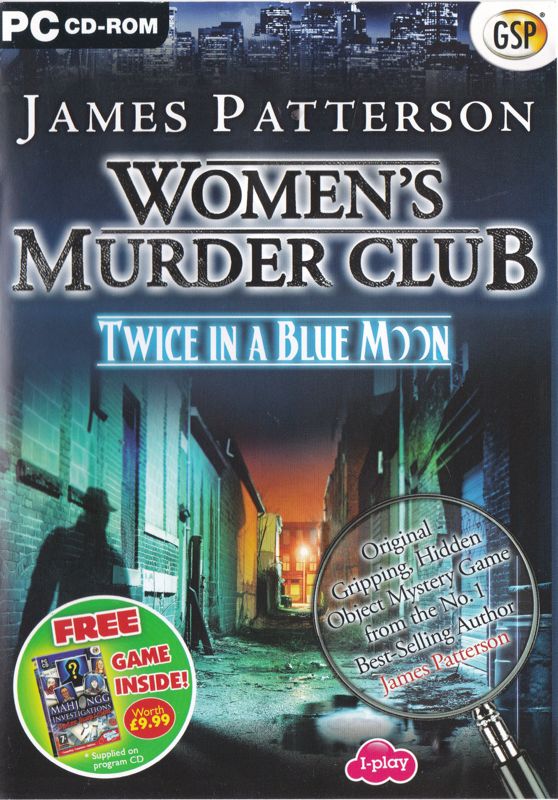
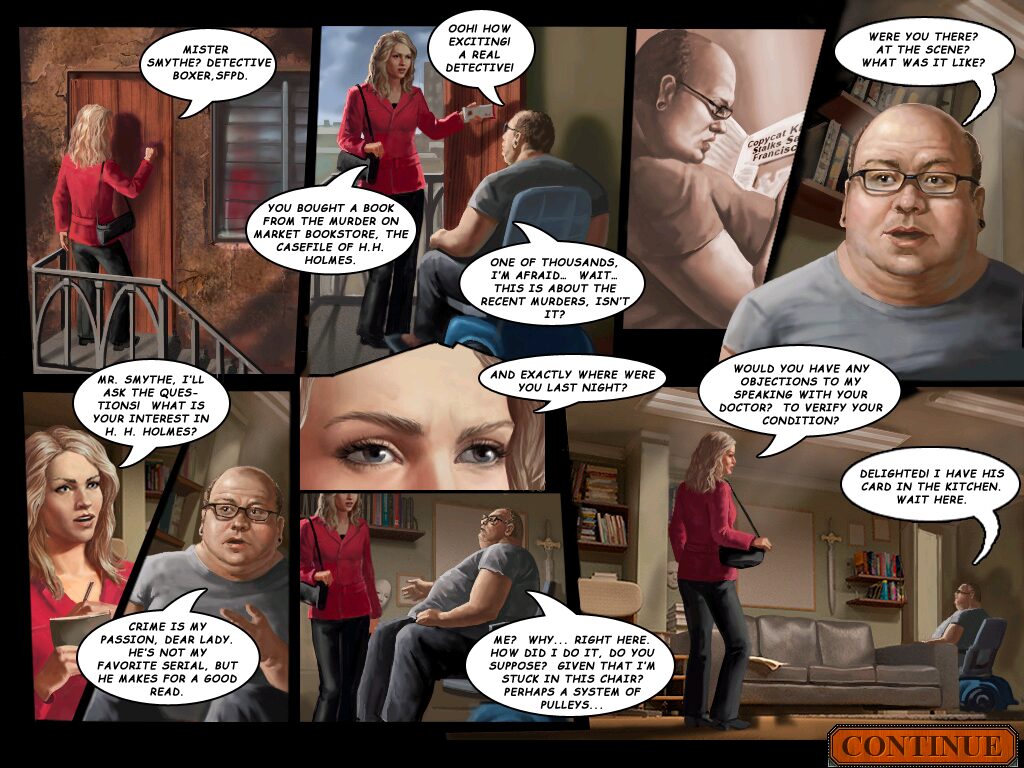
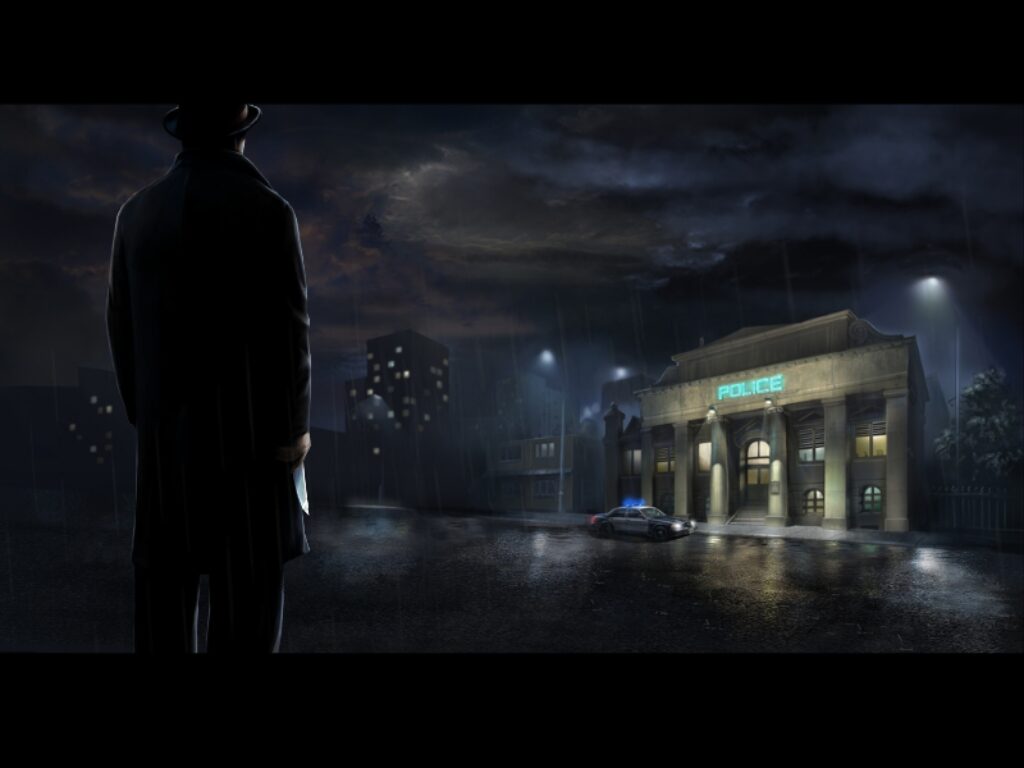

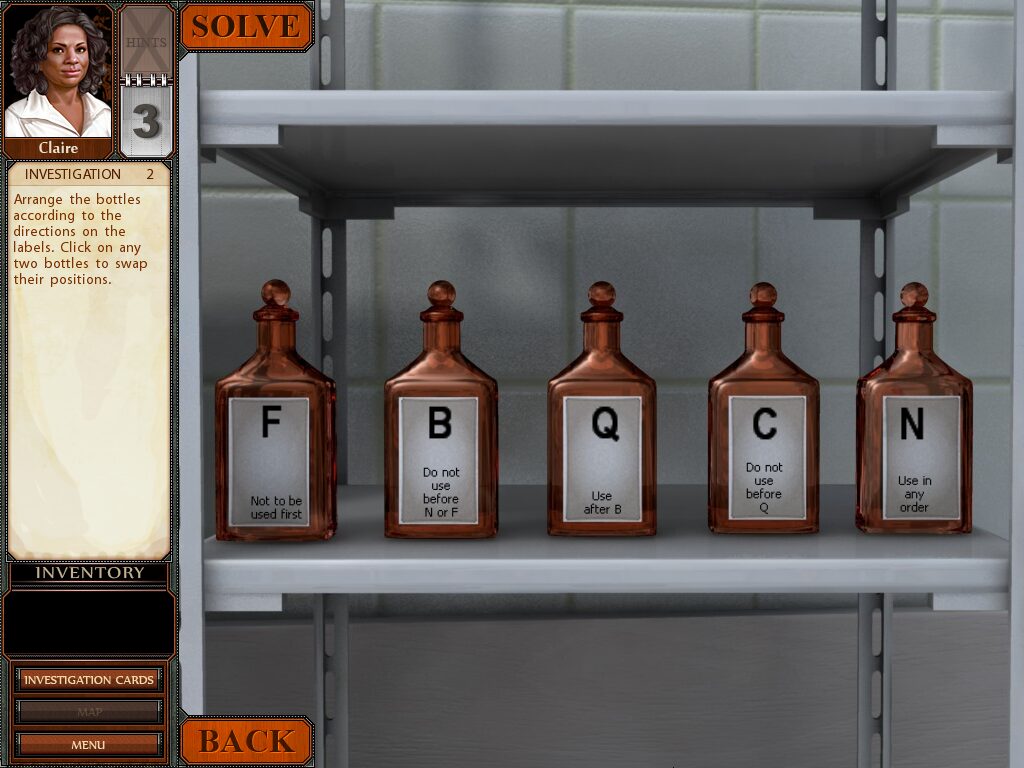
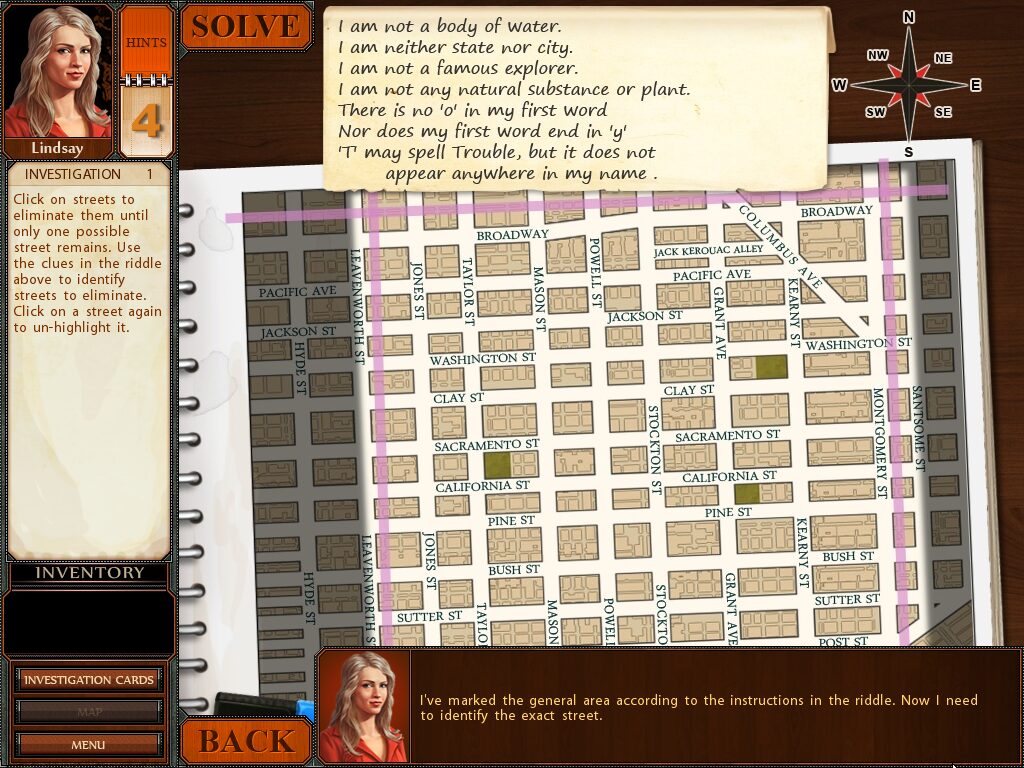



Reviews
There are no reviews yet.